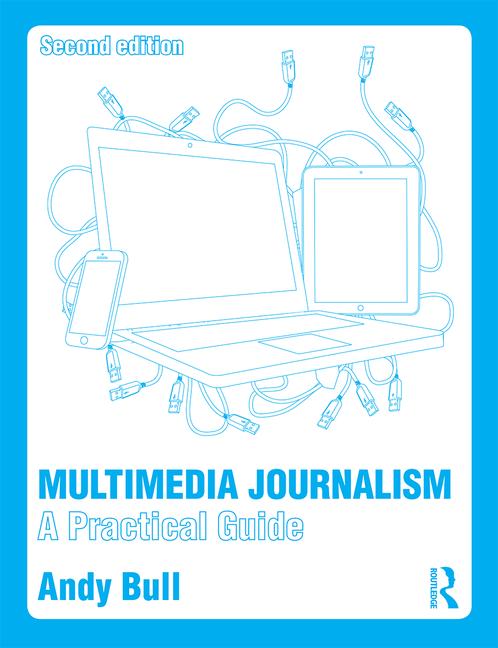So far in MMJ, we have looked at creating multimedia publishing platforms on simple, straightforward software such as Webs and Blogger
They're great places for non-programmers to learn the basics
But now a new, and much more sophisticated web-building platform has become available to the non-programmer
It’s called Drupal Gardens, and it’s a version of Drupal 7, an open-source programme that is used by many professional web developers, including those who built the MMJ site. Here's a video and audio introduction to it, and to what we'll be doing in this masterclass, with a text version below.
Until recently, Drupal was a great platform for programmers, but baffling to non-coders. And you needed a server to host it on.
Drupal Gardens is designed to enable the non-coder to build a site that is every bit as good, professional and powerful, as a Drupal website created by a programmer.
It’s web-based, and it’s hosted by Acquia, the company that developed it, so you can use it just as you would Blogger, Webs, Wordpress or any other web-based publishing platform.
Drupal Gardens uses the Drupal content management system. But there’s no software to install. No servers to update or manage.
Drupal Gardens has a library of themes and templates for you to use, or you can start from scratch, and create your own.
It has an integrated wysywlg editor, so adding multimedia content is easy.
And it gives you user profiles for your contributors, with tailored access depending who they are and what they do. So an editor and a team of journalists can all be given the access they need, to the areas of the site that they are responsible for.
It’s socially connected, easily linked to Twitter, Facebook, Youtube and all your other social presences.
And it takes RSS feeds. So if you want a site where a good deal of aggregated content can be presented – perhaps you are building a hyperlocal site with a lot of information feeds that you’ve tailored for your audience – then Drupal Gardens can handle it.
If you want to import your own custom URL to what you build, you can.
And if you decide later that you want to host the site you build on your own servers, you can do that too.
But if you are entirely new to building publishing platforms, then I strongly suggest that you work your way first through the relevant Chapters of MMJ, and look at the supporting material, and practical demonstrations on the accompanying website.
It’s not essential, but if Drupal gardens is your first attempt at web building, you may find it hard going at first.
Anyway, here's the link to get you started: http://www.drupalgardens.com/
The links to the right will take you step by step through the site-creation process.



No comments:
Post a Comment